Editorials
A Classic Reborn: How the ‘Resident Evil’ Remake Improves on a Horror Game Icon

Unlike movies, it can sometimes be hard for newcomers to enjoy classic games. Sure, movies can look dated, but older video games can be plagued by issues that make the play side of it unpalatable to modern audiences. Not only can old graphics offer less clarity, but archaic control styles or design philosophies can challenge players used to modern conveniences. This makes the video game remake an interesting proposition. How do you update a game without sacrificing what made the original so unique and beloved? What ways can you add to the core concept without making it a completely new experience? It’s a tough line to walk, and even 20 years later, few games have done it with the skill of the 2002 remake of the first Resident Evil.
The GameCube remake started production in 2001, just five years after the original game was released on the PlayStation. While the technology leap between those generations was one of the most pronounced in gaming history, design philosophies had not evolved as much. At that point, the mainline Resident Evil games were still using tank controls and fixed cameras, having not yet reached the game-changing fourth entry. In RE Remake, fixed camera angles are still present, but a different control option was added to the mix that does away with the tank controls many found fairly clunky. This meant that the remake was more of a refinement than a reinvention, retaining a lot of the charm and tension of the original while creating a smoother experience with its own identity.
The atmosphere is one of the strong suits of the remake, taking the iconic locations of the original and recreating them with higher fidelity pre-rendered backgrounds and 3D models. The developers made smart use of full-motion video layers and particle effects in order to keep the backgrounds from looking too static, bringing the Spencer Mansion to life with unprecedented clarity. The new console generation also meant they could do a lot more with lighting, creating the perfect rendition of the creepy old mansion. The extra horsepower and space allowed them to add in areas and subplots that were cut from the original, creating surprises for long-time fans who believed they knew exactly what to expect without straying too far from the experience they were used to.

Along with the enhanced visuals, there were many quality-of-life improvements made to the gameplay. Aside from the aforementioned non-tank control options, players were also given a free slot in their inventory to carry a default item for their character, like a lockpick for Jill. Even though inventory management was part of the fun and challenge of the original, this helped the player by not forcing them to decide if they wanted to lug around a starter item they don’t use often in one of their precious inventory slots that could be used by an important key or ammunition. Another inventory adjustment was the inclusion of a defensive item, which could be used to fend off a zombie as it grabbed you. It’s a welcome change that gives you a great in-the-moment choice to make: is this encounter desperate enough that I need to use my defensive item, or do I just take the hit and hope I can survive?
To me, Resident Evil is all about making compelling inventory decisions like that, and none are more compelling than the ones created by the best new addition to the game: the crimson head zombie. After a certain point in the game, zombies that you’ve killed have the possibility to come back as faster, more deadly versions of their previous form. Players have two options to prevent this from happening: decapitating a zombie when you initially kill it or burning its corpse with a fuel canteen and a lighter.
The sheer amount of tension-increasing decisions this change makes is staggering. Previously, as you progressed through the mansion you would analyze each fight, determining if it was worth it to clear a zombie out of a hallway or just save the ammo and run around it each time. Now, the choice to kill a zombie forces you to think more about how you want to do it. Should I wait for it to get close and hit it with a precious shotgun shell in the hopes I take its head off? Do I just put it down from a distance with my plentiful handgun bullets and use one of my few canteen charges to burn its body? Or the even more tense options, do I kill it, leave its corpse and deal with the consequences later? It’s the perfect evolution of the franchise’s iconic enemy that ups their difficulty and forces you to think even more about each time you run into one.
Obviously, this wasn’t the last time that Capcom remade an entry in this long and storied franchise. The remakes of RE2 and 3 decided to go a different route and update the game to a more modern third-person camera, bringing it in line with the RE4-6 style of gameplay. There were some great changes, like the stalker behavior of RE2’s Mr. X, that had big impacts on the design of the game, but I still can’t help but wonder if something was lost by giving the player more control of their view. Fixed camera angles give the developers so much authorial control over the tension in the game, while a player-controlled camera can sometimes cut into the “what’s around that next corner” feeling of the earlier games.

I don’t know if it would have been what players wanted, but the combination of the classic perspective with some more modern design sensibilities sprinkled in could have made for an experience more in-line with what made the originals, and the Resident Evil Remake, so great. It’s tempting for a remake to smooth off all the rough edges of its source material, but Resident Evil Remake knows exactly what to keep without losing its charm. While it won’t be possible to do with the upcoming Resident Evil 4 Remake, which already had the third-person controls modern players are used to in its original form, I would love for Capcom to take a risk and do a remake of Code Veronica in the classic fixed camera style as an experiment to see how audiences would take to it.

Editorials
‘The Strangers: Chapter 1’ – Six Things We Learned from the Blu-ray Commentary

Lionsgate’s The Strangers: Chapter 1 launches a reboot trilogy based on the 2008 home invasion film, all three movies shot simultaneously under the direction of Renny Harlin.
To tide you over until Chapter 2, Chapter 1‘s home video release offers an audio commentary from star Madelaine Petsch and producer Courtney Solomon that hints at what’s to come.
Here are six things I learned from The Strangers: Chapter 1 commentary.
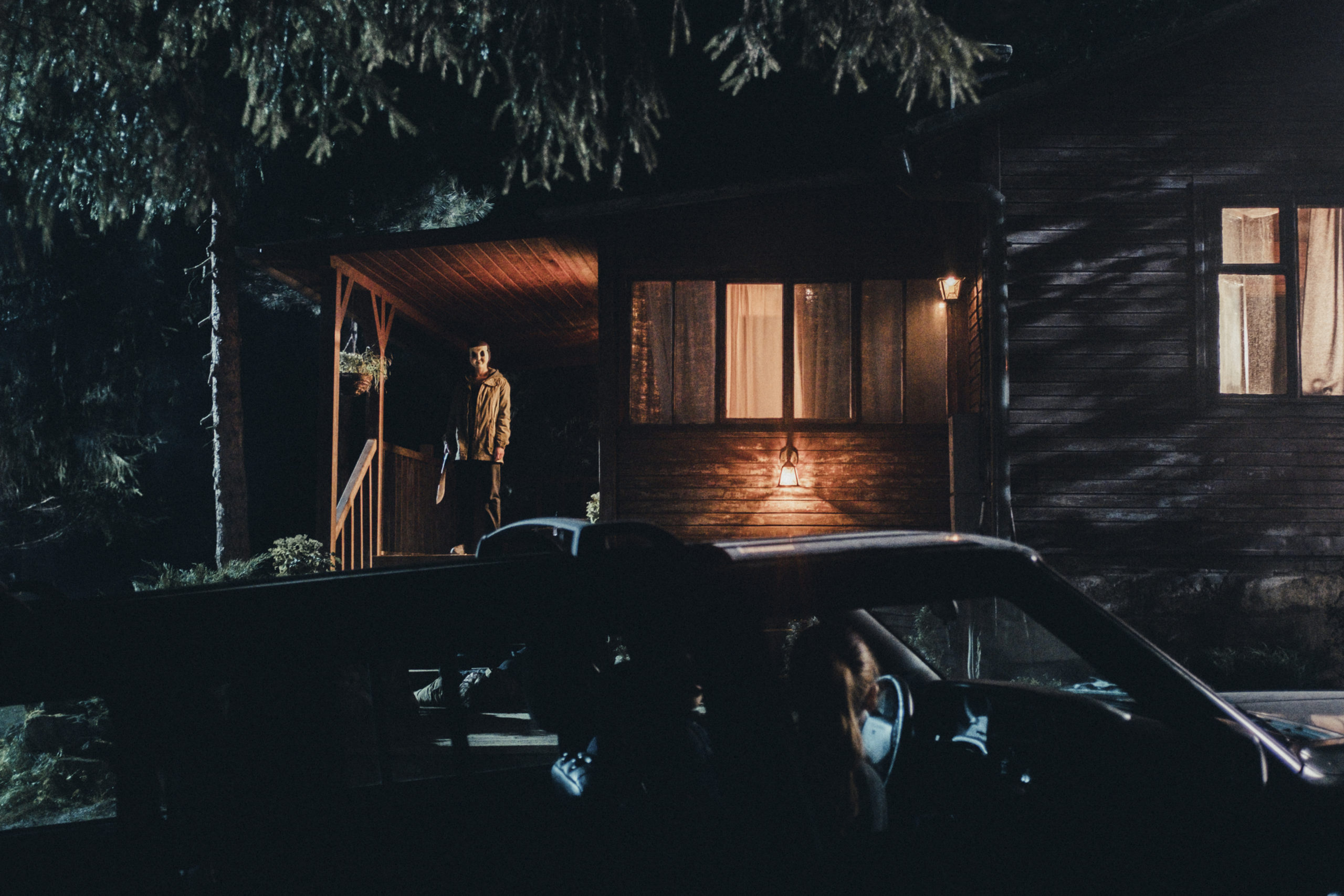
1. The opening music cue was inspired by The Shining.
The film’s opening establishing shot roving over the woods — with Bratislava, Slovakia standing in for the small town of Venus, Oregon — evokes the beginning of Stanley Kubrick’s The Shining, which was also a point of reference for the score.
“When we were scoring this, we looked at The Shining,” says Courtney Solomon, referring to Wendy Carlos’ iconic main title theme. “‘Cause we were looking for how, even though it’s dated, they were in that open, sort of everything environment, musically.”
Justin Caine Burnett (I’ll Always Know What You Did Last Summer, 9-1-1: Lone Star) composed the score.
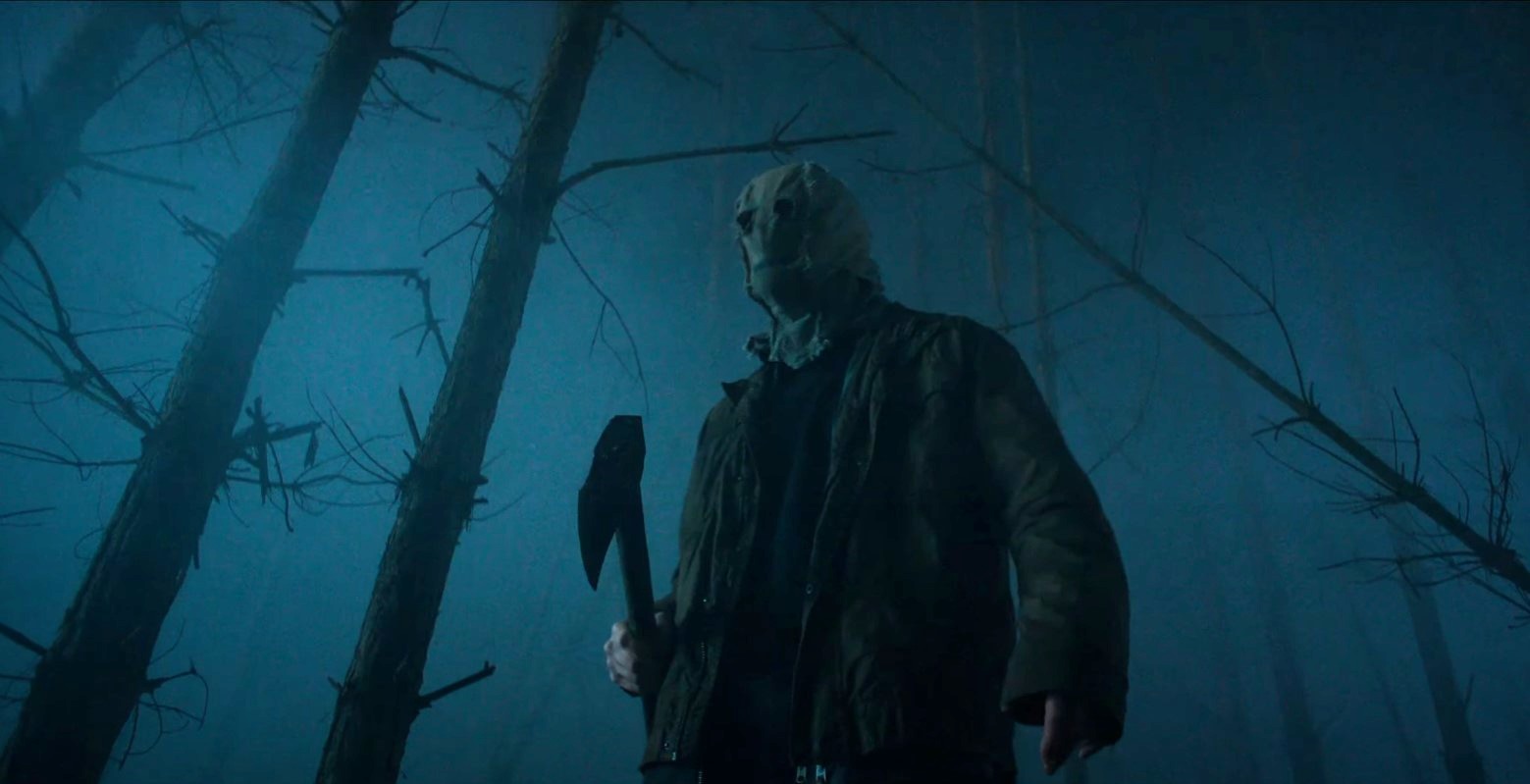
2. The cold open features an important character to the trilogy.
Shot together like one long movie, The Strangers trilogy will take place over a four-day period, with each subsequent entry picking up immediately after its predecessor’s finale.
Chapter 1‘s cold open features actor Ryan Bown — doing his own stunts, as Petsch points out — as a character who will play a bigger role in the coming installments.
“Jeff Morell, we’ll come to find out who this guy is as we go through all three chapters, but we sort of begin here,” Solomon notes.
“He’s a pretty important piece to this puzzle,” teases Petsch. “Some might say the piece.”
They also hint that viewers haven’t seen the last of Rachel Shenton’s Debbie, who Petsch’s Maya talks to on FaceTime, along with many of the townspeople from the diner scene.

3. Petsch was terrified of the project due to her love of the original film.
The shadow of the original Strangers looms large over Chapter 1. Petsch is “such a fan” that she was hesitant about doing a new version:
“I was terrified to touch that property. I think it’s an incredibly perfect horror film. I’ve seen so many horror films, and I feel like it’s one of the only ones that’s truly scared me to my bones, that I still think about all the time. So as we were trying to expound upon that story, with the second and third movies, we had to naturally repel the first story.”
Solomon similarly thinks highly of the original:
“I love the original Strangers. I wasn’t as big a fan of the sequel [2018’s The Strangers: Prey at Night], because it was just another story in a trailer park with the Strangers. I didn’t love that two of the Strangers got killed. That was just me personally; there are people that liked it. I was like, ‘I’d like to do something more interesting.’ In order to do it, to find that balance of retelling what made the first one so great as the basis to be able to launch off and tell the rest of the story.”
Petsch adds, “As we know, at the end of the first one, one of the last shots is Liv [Tyler]’s eyes opening. I’ve always wondered what happens after that.”
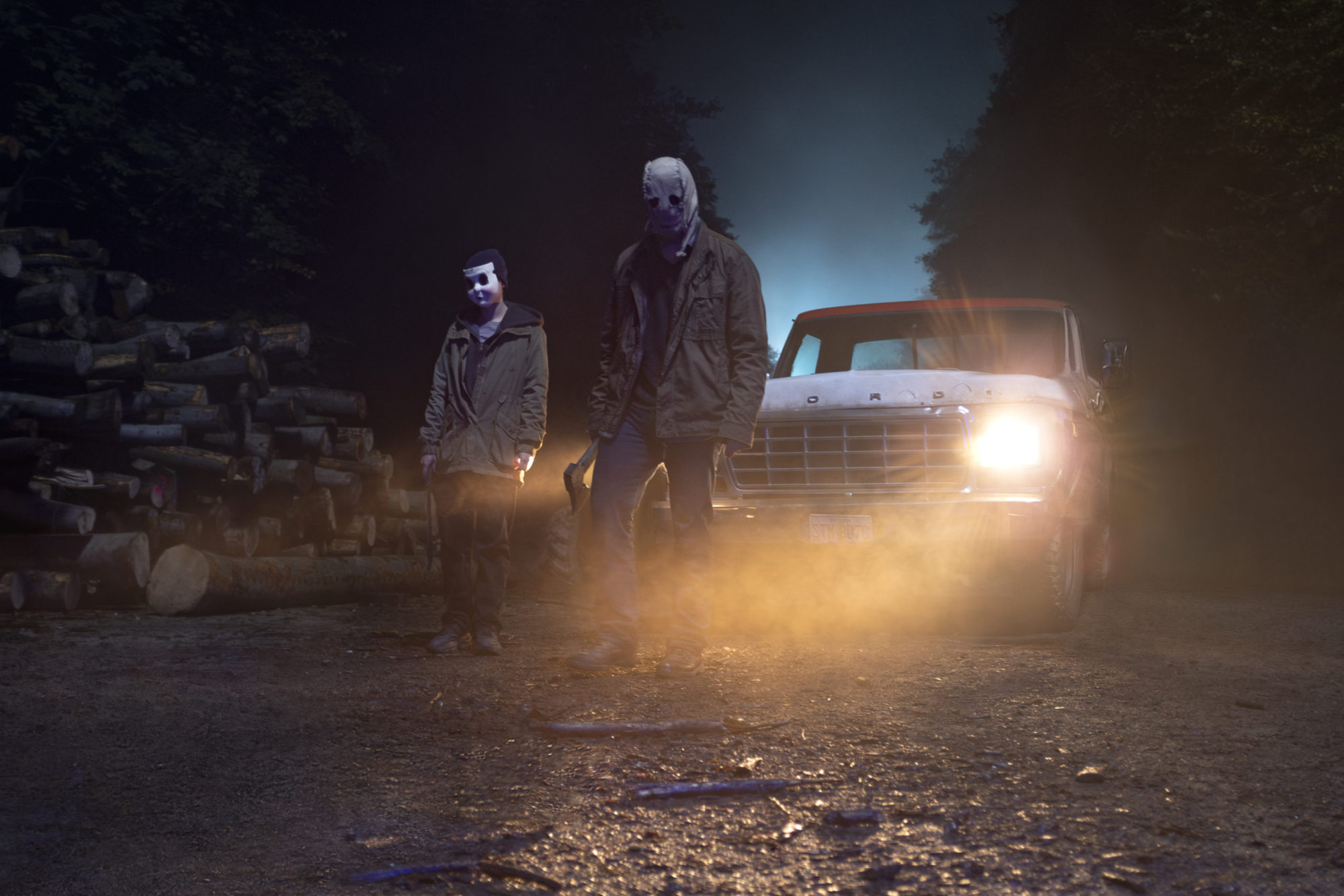
4. The killers’ hair is concealed to hide their identity.
Although the filmmakers opted to keep the look of the titular Strangers true to the original, Dollface and Pin-Up Girl’s hair is now concealed. This was a “purposeful change” to hide their identities, which will presumably be revealed later in the trilogy.
“We had a specific reason for doing it, obviously, because you do end up meeting a bunch of the folk from this small town,” explains Solomon. “You don’t know who’s wearing the mask, so if we had given up the hair that would make that identification a little bit easier.”

5. Petsch conceived the shower scene based on a personal fear.
In addition to starring in all three films, Petsch is an exclusive producer on the trilogy. More than a mere vanity credit, she had creative input throughout the stages of production, including the addition of Chapter 1‘s shower scene.
“This was not in the original script, the shower. Maybe our first week we were talking about what would be the scariest thing for me if I was in a situation like this,” she recalls. “I shared with you that every time I take a shower and I’m at the point where there’s suds of soap in my eyes and I’m shampooing, I’m always sure that’s when the serial killer’s gonna walk in. So we wrote this in, because I think that must be a common experience.”
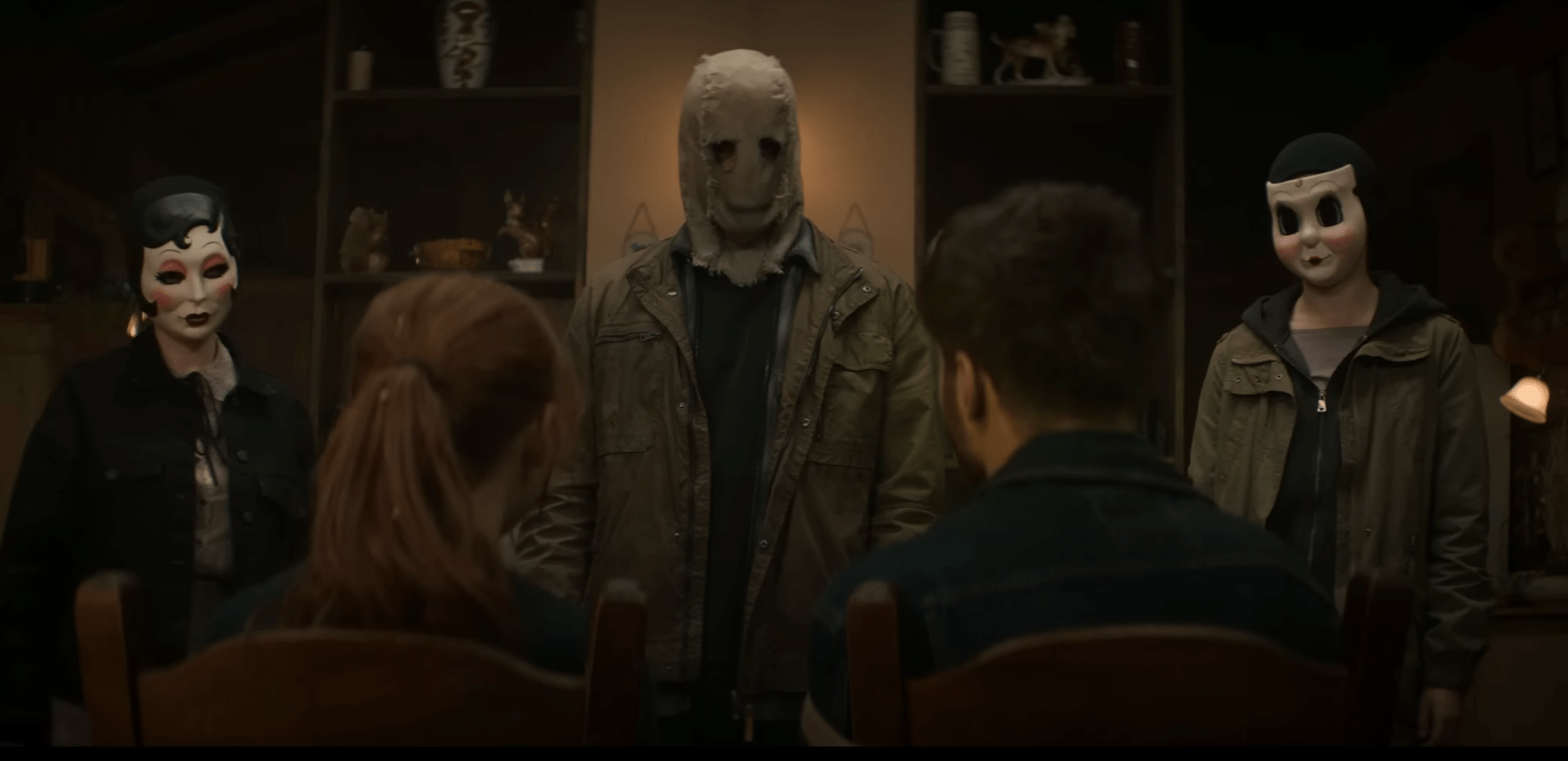
6. Remaking the original film was a conscious decision to kick off the trilogy.
It’s not until the end titles that the pair directly address the thought process behind launching the reboot trilogy with a retread of the original.
“Some people may go and watch this and go, ‘Oh, my god. It was a remake of the original.’ But actually this is just act one of our giant movie! If you watched it as a whole, then you’d be like, ‘Oh, shit. That’s just where it started,” says Solomon. “This is the 90-minute setup of the entire thing.”
Petsch concurs, “Don’t get me wrong. I also feel like the original is so good that it would be crazy to just do a remake of the original, but in order to tell the story that we were trying to tell, you kind of have to go back and do a repurposing of that story with these two new characters.”
“They did the whole first movie, the original, amazing, but that’s the jumping off point. This entire giant movie that’s become three chapters was done with a lot of love,” Solomon concludes.
The Strangers: Chapter 1 is available now on 4K Ultra HD, Blu-ray, DVD, and Digital.
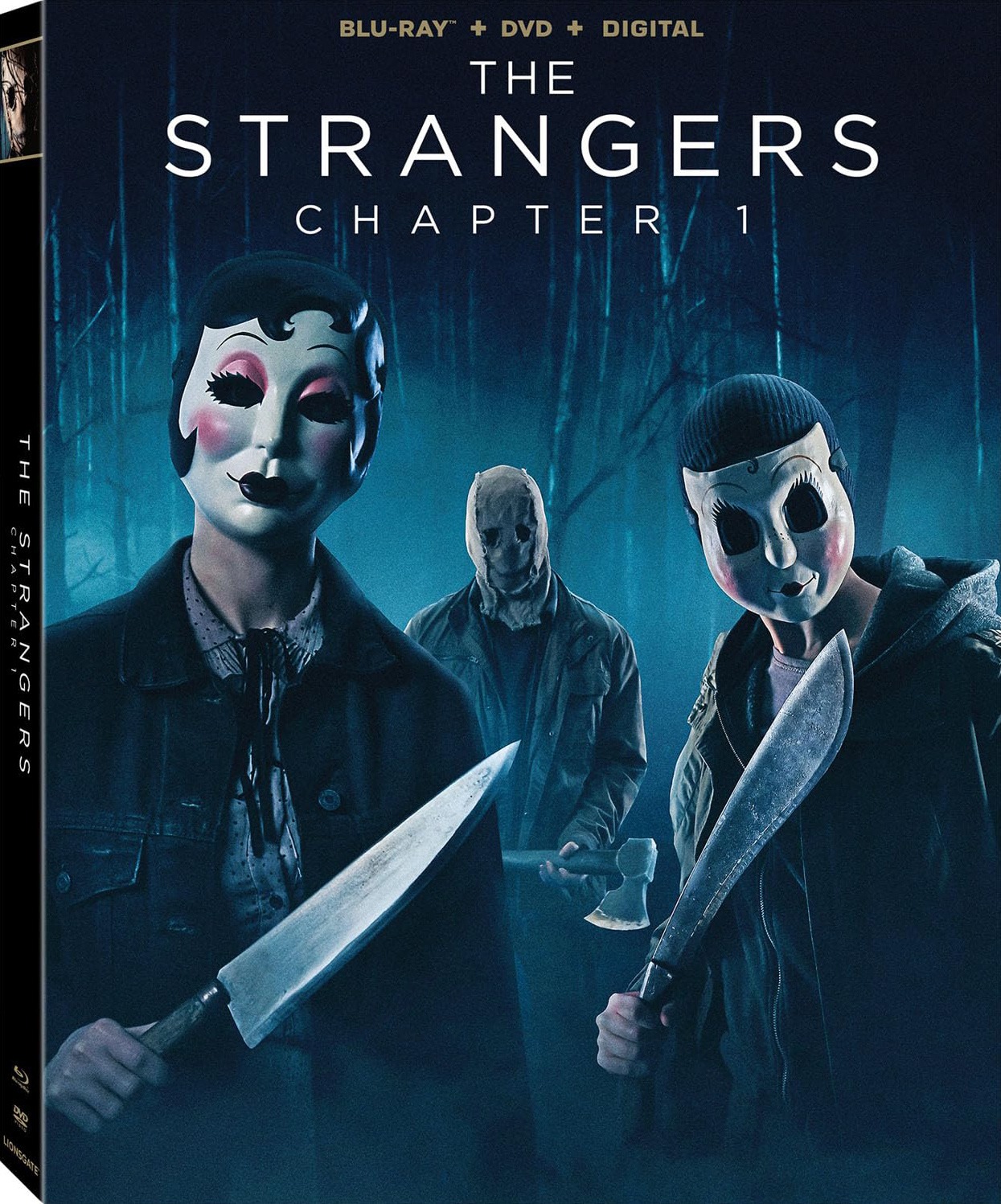
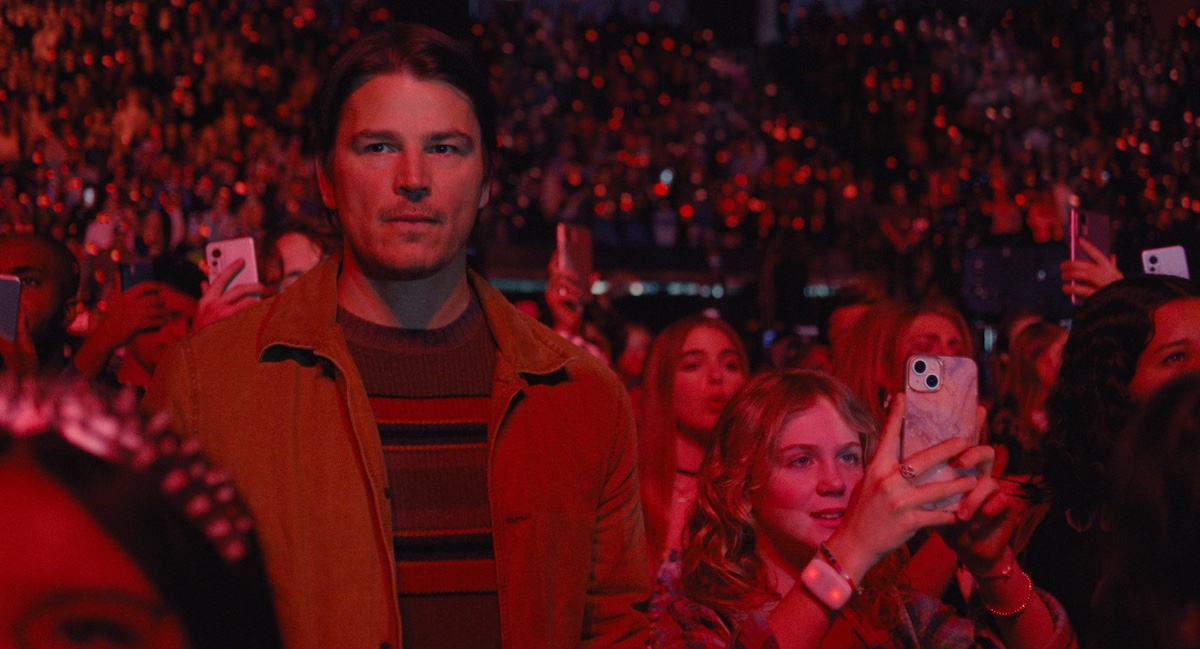


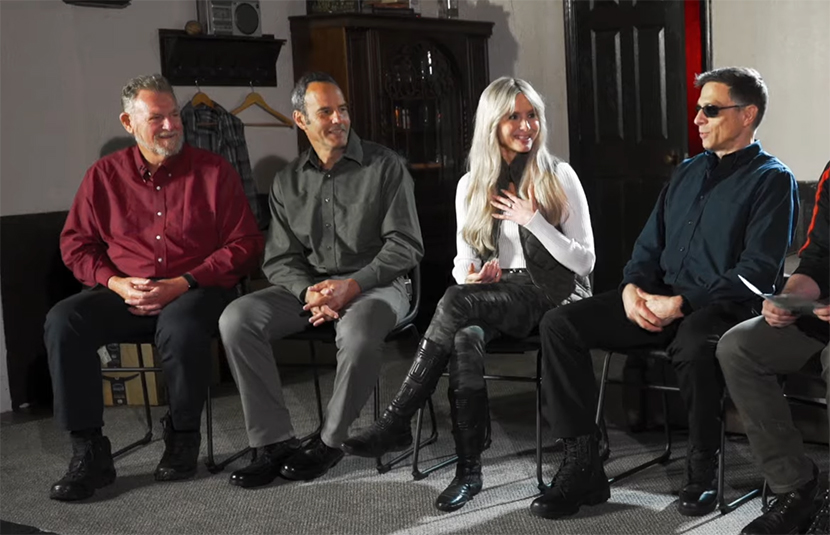
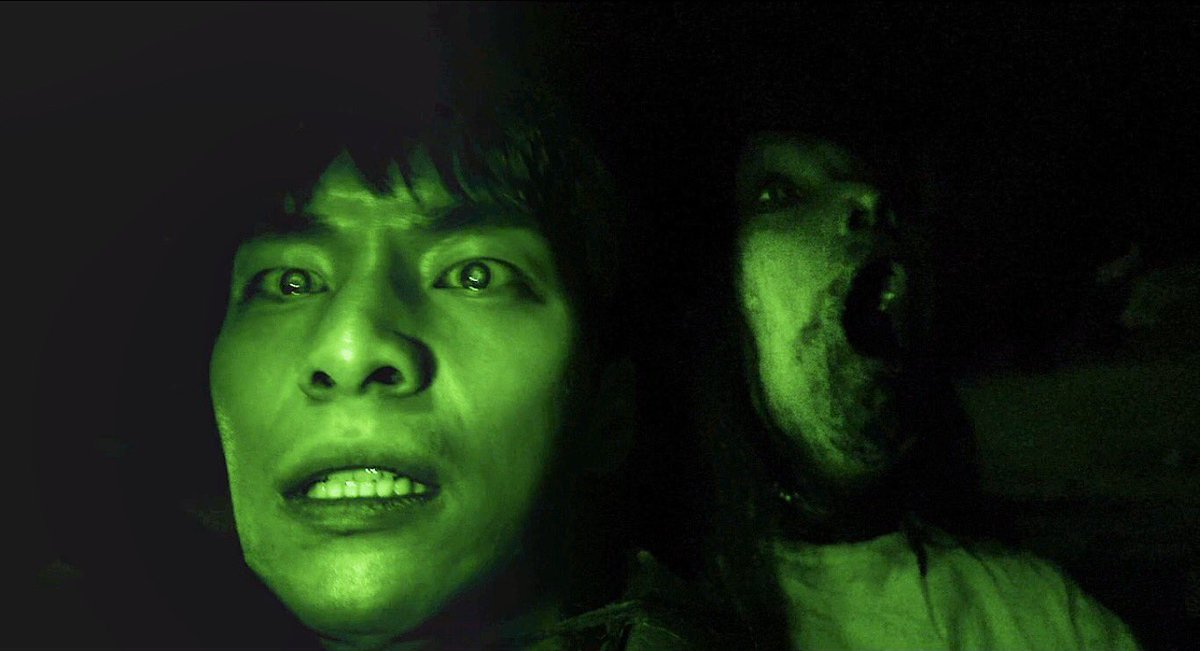
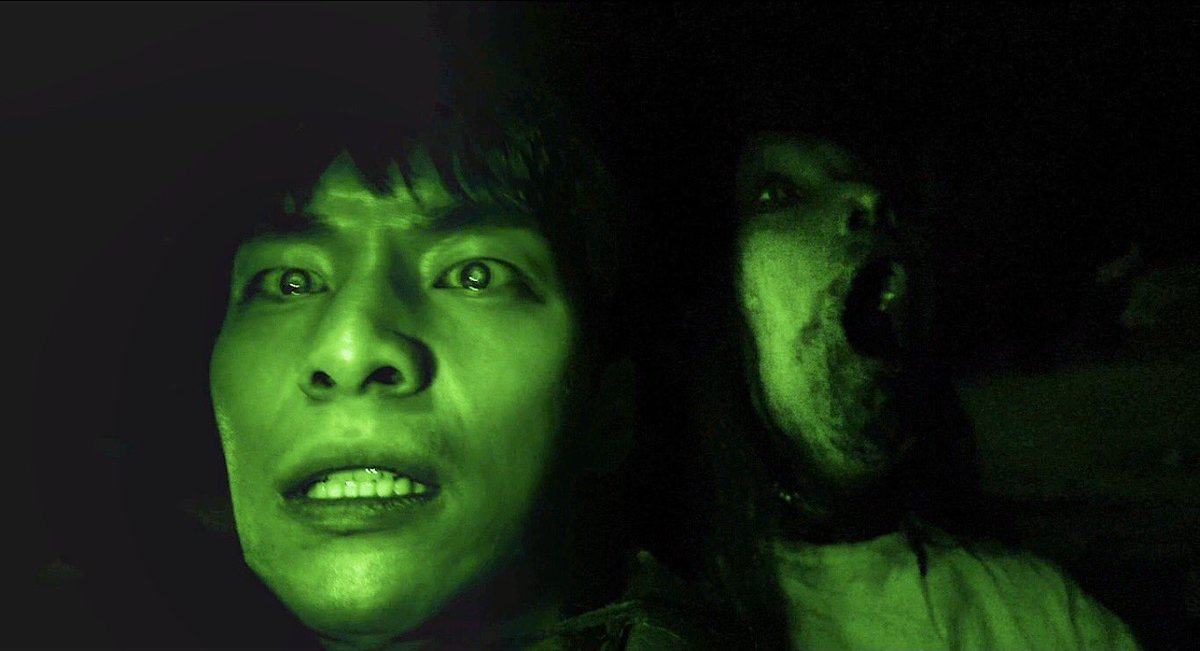


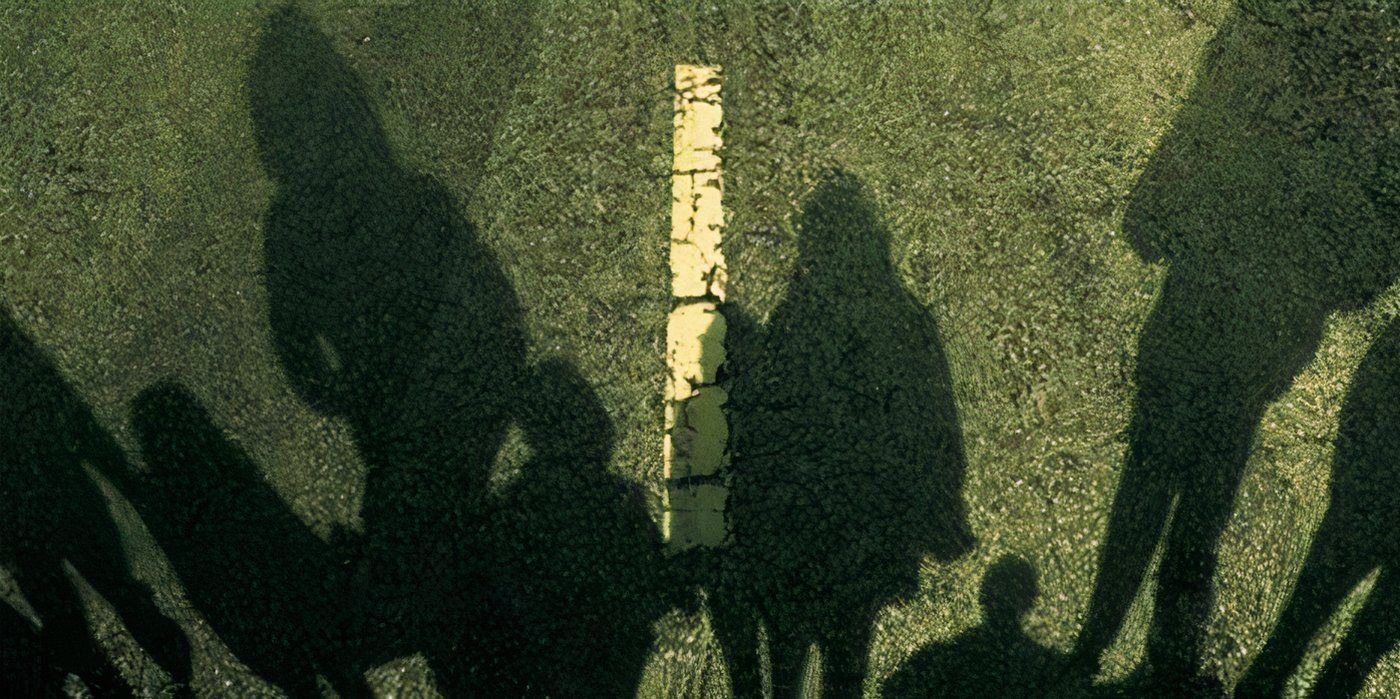



You must be logged in to post a comment.